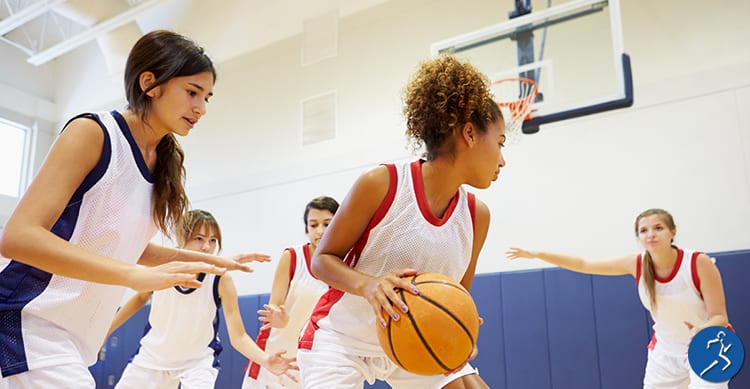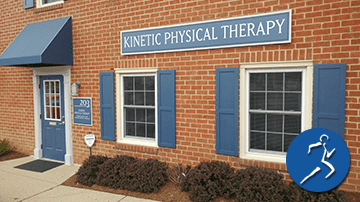Basketball is a sport loved by millions. It is also the number one cause of injury among youth athletes. There are a variety of issues that can occur during play that are either acute (sudden injury) or chronic (due to overuse). Players are typically prone to problems corresponding to actions such as jumping or passing the ball: for example twisted ankles or jammed fingers. Stress fractures are another common injury. What are some of the causes, can they be repaired or prevented? Read on for the answers to these questions and more.
What Causes Basketball Injury?
Most finger injuries occur due to contact with the ball, either dribbling or catching a pass. Knee issues happen during sudden changes in direction which put a strain on the ligaments and menisci. A traumatic blow to the knee can injure the medial collateral ligament (MCL) or the anterior cruciate ligament (ACL). A rapid increase in activity level or training (overtraining) can cause any number of different injuries. Ankle instability may cause a player to land incorrectly after a jump, thus creating a myriad of problems. And, believe it or not, dehydration can be a source of many issues as well.
How Can a Player Avoid Basketball Injury?
The best way to avoid basketball-related injuries is to be trained in proper technique and mechanics. Additionally, adequate training and conditioning are crucial so that players are prepared for the demands of the game. Stay hydrated. Whether indoors or outside, players must never wait until they are thirsty to drink water. When recovering from injury players must ease back into activity thus avoiding a reoccurrence or new injury. Many sports health professionals recommend taking off at least one season per year. Above all, listen to the body. If it hurts, immediately stop and seek treatment.
What Are the Effects of Basketball Injury on Developing Bodies?
Sometimes, in younger children, an injury at a critical joint will affect growth plates. Most growth plate fractures occur in bones of the fingers, forearm and around the ankle. Seek medical attention if your child experiences:
- Pain and tenderness, particularly in response to pressure on the growth plate region.
- Inability to move the affected area or to put weight or pressure on the limb.
- Warmth and swelling at the end of a bone, near a joint.
Growth plate fractures occur twice as often in boys as in girls. Why? Because girls develop earlier than do boys. By the age of 12, most girls’ growth plates have been replaced with solid bone.
What is the Best Method of Treating a Basketball Injury?
Physical therapy is critical in recovering from a sports-related injury. At Kinetic Physical Therapy our trained staff has years of experience treating athletes of all ages and passions. After a complete evaluation, your therapist formulates the best strategy to ensure a safe, speedy and thorough recovery. If you or a loved one have experienced an injury, schedule an evaluation today!




Leave a Reply
You must be logged in to post a comment.